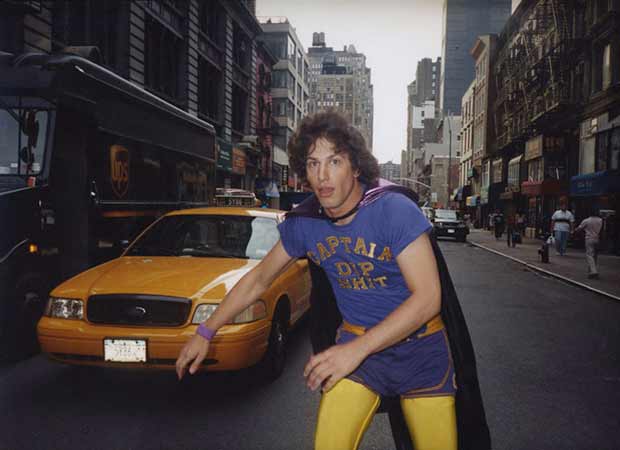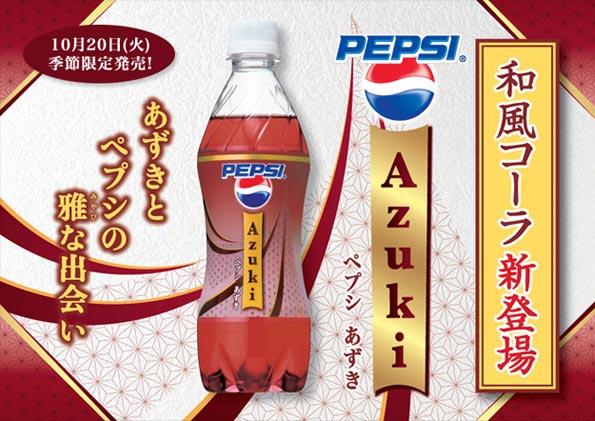
In October, online retailer Mailorama.fr announced that it would hand out envelopes stuffed with cash to passersby under the Tour Eiffel in central Paris. Some envelopes would contain ten euro bills; others might contain 500 euros. In all, organisers planned to give away between 40,000 and 100,000 euros.
The head of the Paris police warned that the stunt might attract trouble and looked into ways of preventing it under public order acts, but eventually gave official approval to the organisers. Come Saturday, though, it was set to go ahead. More than 5000 people - many youngsters from the city’s “sensitive” neighbourhoods - gathered on the Champs de Mars to await the Mailorama bus which would distribute the dosh.
The police became worried about the crowd’s mood and asked the company to call off the stunt; Mailorama obliged, but some fortune seekers became angry and attacked police and passersby. A car was overturned and more than a dozen rioters arrested.
The French interior ministry has indicated that it will file a lawsuit against Mailorama; the mayor of the VIIth arrondisement, Rachida Dati, has demanded that the City of Paris also bring charges against the company.
{ Eursoc | Continue reading |+ videos }
incidents, marketing | November 19th, 2009 6:25 pm

You’re sitting at home and you see an ad on TV for junk food. Fast food, some sugary cereal, a hot dog wrapped in a waffle wrapped in bacon wrapped in whale blubber. Whatever. Even if you don’t go out and buy this product, can the ad itself contribute to making you fat?
It can.
That’s the conclusion of a new paper out in Health Psychology:
Children consumed 45% more when exposed to food advertising. Adults consumed more of both healthy and unhealthy snack foods following exposure to snack food advertising…
{ True/Slant | Continue reading }
related { Weird food McDonald’s sells around the world. }
related { We spend more on products with detailed nutritional information. }
food, drinks, restaurants, marketing, science | November 7th, 2009 3:30 pm

Research has shown that people can more easily learn a new language at a younger age. A new study extends this phenomenon to the language of marketing. In speed-of-recognition tests on college students and senior citizens, researchers found that exposure to brand names at younger ages increased brand familiarity in the present. Even brand names that had been extinct for decades were recognized more quickly among seniors than newer brands. According to the authors, “the current findings indicate that there should be a considerable advantage to acquainting children with brand names, even if the products in question are ones they will not purchase or be interested in until later in life.”
{ The Boston Globe }
photo { Cass Bird }
marketing, science | October 23rd, 2009 9:40 am

{ The Barbarian Group and McLeod, Biomimetic Butterflies, 2007 }
related:
By the time I reached my senior year in 1997, my experience with the internet was limited to poking around on AOL while I was home for Christmas. (…)
Seven and a half years ago, Benjamin Palmer (CEO of The Barbarian Group) approached me and asked if I would be interested in starting a company with him. (…)
Our first job was for Nike (through Wieden + Kennedy). Our second, Volkswagen (through Arnold Worldwide). Not too shabby for a start-up working out of Benjamin’s apartment. Ever since then, its been success after success. We received a ton of press, a ton of awards, and never had to go searching for clients.
{ Robert Hodgin | Continue reading | Related: Flint C++ framework }
experience, marketing, visual design | October 23rd, 2009 9:15 am






